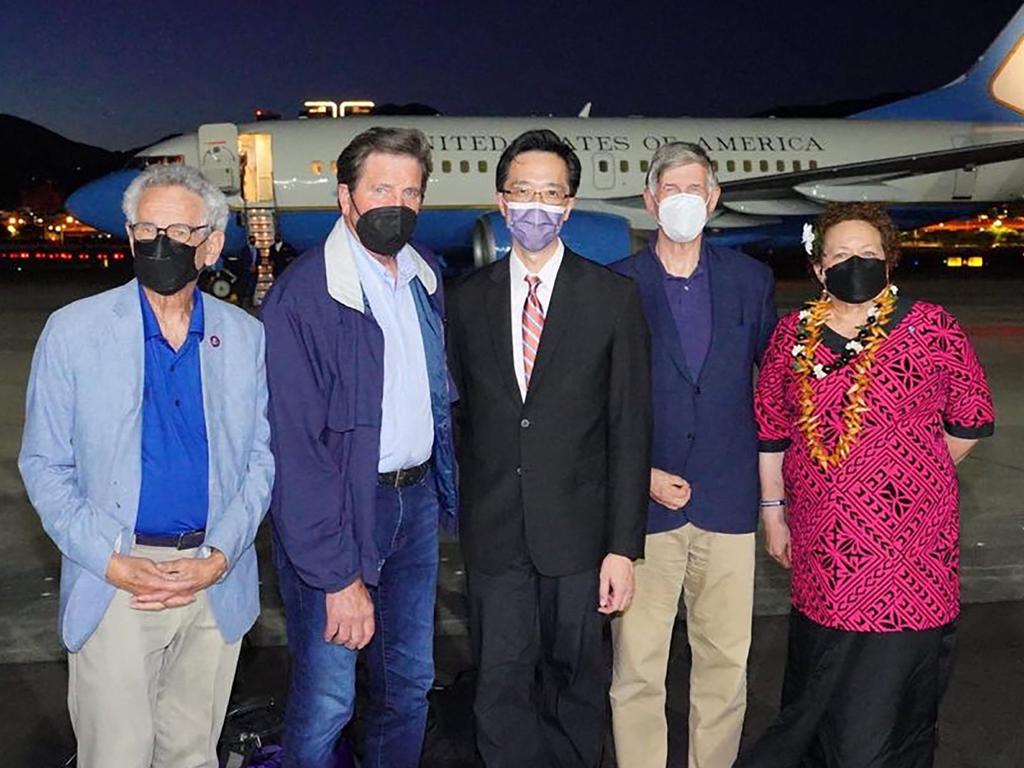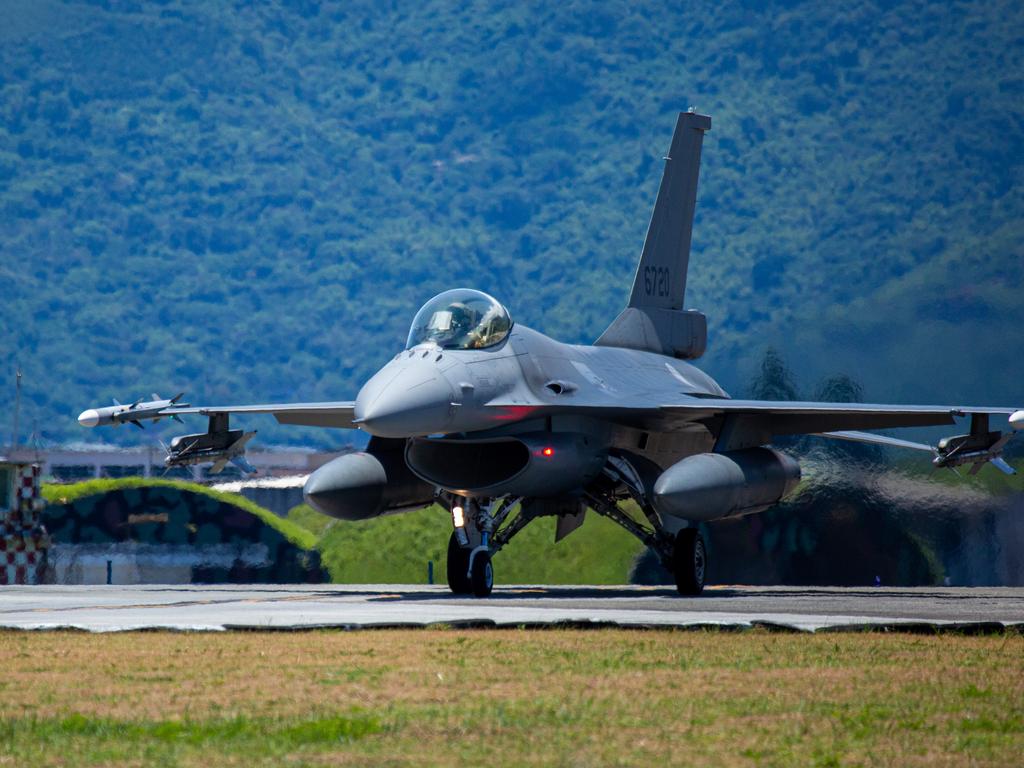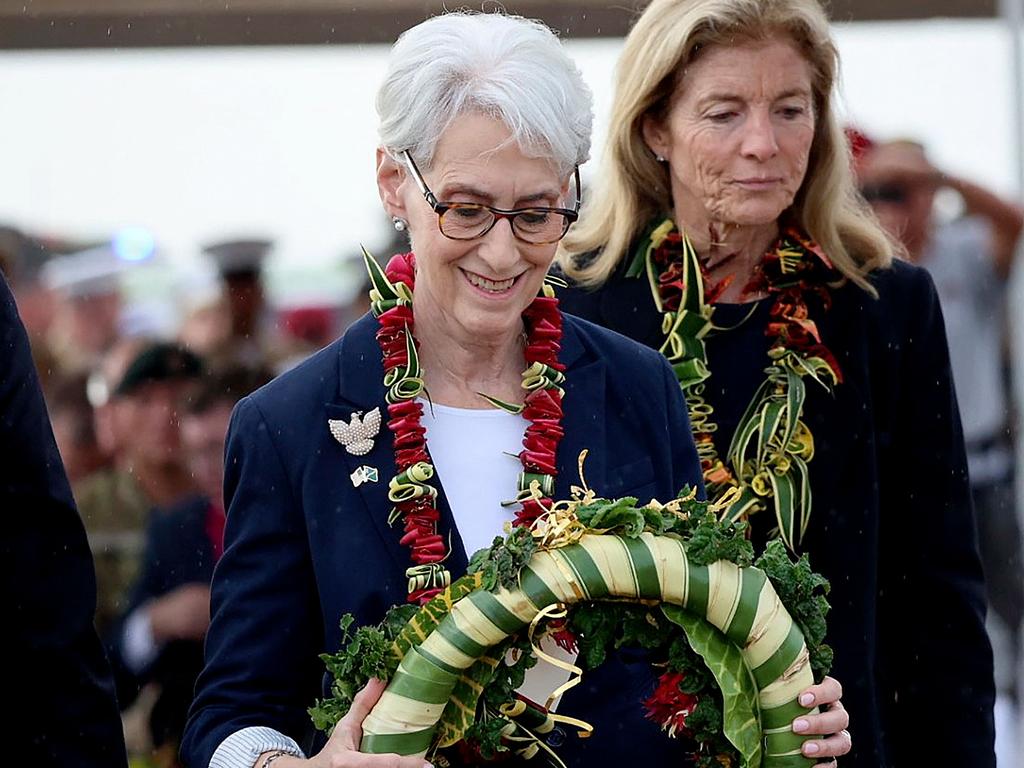
Then on October 6, 1973, Yom Kippur in the Hebrew calendar, Egypt went further. Egyptian forces laid down pontoon bridges across the Suez Canal, breached the Bar Lev line, Israel’s defensive fortifications, and struck deep into the Sinai Peninsula.
It remains Israel’s worst military disaster. Though the tide eventually was turned, the invasion stunned Israel. Israel suffered significant casualties and losses of equipment, and had to scramble to stop the joint Egyptian and Syrian advance. Asked afterwards why he had not mobilised Israel’s defence forces in October, Moshe Dayan, the defence minister at the time, conceded to having been tricked. Having already mobilised the defence forces twice, at great expense and for no purpose, he did not wish to be duped again.
Egyptian president Anwar Sadat had succeeded in normalising high-intensity military operations in proximity to the de facto border. This was why, when he eventually chose to strike, it came as a surprise.

The People’s Liberation Army now is engaged in the same preparation phase with respect to Taiwan. China has exploited the visit by US House of Representatives Speaker Nancy Pelosi to expand the dimensions of its military activity and normalise aggression across the Taiwan Strait.
In the initial four days of the PLA’s live-fire exercises, according to Taiwan’s defence ministry, 41 Chinese vessels and 110 Chinese aircraft crossed the median line of the Taiwan Strait. Eleven ballistic missiles were fired into waters north, east and south of Taiwan. The drills subsequently were extended by the PLA by two days. These exercises served a valuable military purpose for the PLA: increasing preparedness, improving interoperability and providing valuable lessons for future operations across the Taiwan Strait. But they also served a more important strategic purpose.
Through these exercises, the PLA has effectively obliterated the median line across the Taiwan Strait as the unofficial buffer zone.
The PLA now will operate with greater frequency and intensity across the median line. This will impose continued stress on Taiwan’s military readiness and preparedness, and impose sustained psychological pressure on Taiwan’s leadership and civilian population. And just as Sadat stepped up the frequency of Egyptian exercises to dull the senses of Israel before launching a genuine attack, China will be in a position to do the same.
While an attack remains unlikely in the near term, the episode has shortened the time horizon for potential Chinese military action against Taiwan and lessened the warning of such an attack.
The PLA exercises also provided a vivid demonstration of China’s capability to operate militarily up to and beyond the first island chain, showing the relative ease with which Taiwan could be blockaded. Indeed, this is the way any forcible attempt by China to take Taiwan is likely to start: with a blockade that seeks to force Taiwan to negotiate some form of reunification. Taiwan and its allies will have to acquiesce or seek to break the blockade militarily.
Pelosi’s visit, the most senior by a US politician since Newt Gingrich visited Taiwan as US Speaker in 1997, was an attempt – seemingly without Biden administration support – to alter the status quo in favour of Taiwan. (When Gingrich, hardly an appeaser, made his visit in 1997, he made sure to stop in Beijing beforehand.)
But China’s response to the Pelosi visit, and to this week’s two-day visit by a five-member bipartisan congressional delegation led by Senate foreign relations committee member Ed Markey, also has succeeded in altering the status quo, and in a way deeply unfavourable to Taiwan.
Taiwan has emerged in a more precarious position because of Pelosi’s visit. Any greater international legitimacy afforded by the Pelosi visit, which is slight, has been more than outweighed by China establishing a new military norm across the Taiwan Strait that has gone largely unchallenged, to the detriment of Taiwan’s strategic position.
When China last conducted exercises of this intensity across the Taiwan Strait in 1995, the US military sent an aircraft carrier battle group through the Taiwan Strait. This time no such decisive response will be forthcoming.

Australia has been right to criticise the PLA’s aggressive military action against Taiwan. But as the Chinese ambassador’s speech to the National Press Club in Canberra last week made clear, we should be under no illusions that this will alter Beijing’s behaviour.
Taiwan’s unique position within the international system is fragile. It depends on the maintenance of a high degree of ambiguity: that Taiwan remains part of “one China” but that any attempts to unilaterally alter the status quo and reunify by force are illegitimate. Thoughtful strategy and Taiwan’s survival demand that such ambiguity be preserved.
Pelosi’s intent may have been laudatory, but she has managed to undermine Taiwan’s security and bring the prospect of military action from Beijing closer. In doing so, she has damaged the security of allies such as Australia and Japan.
Our interest remains the preservation of the peaceful status quo in the Indo-Pacific, with all its ambiguities, not diplomatic adventurism that increases the risk of conflict.
Dave Sharma is the former Australian ambassador to Israel.







Throughout 1973, Egyptian forces along the Suez Canal regularly engaged in military exercises. Israel had captured the Sinai Peninsula during the 1967 war and Israeli forces were stationed along the canal’s eastern bank. During the spring and summer, on six occasions, Egypt conducted exercises that resembled genuine military operations. On two of those occasions Israel was sufficiently concerned that it mobilised its defence force, at great expense, only to stand down.